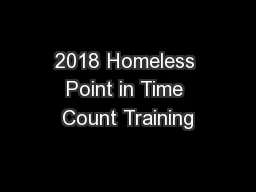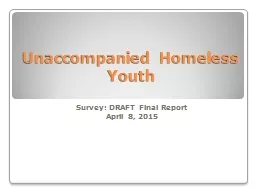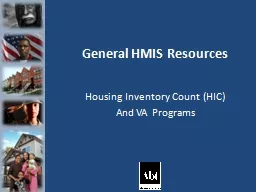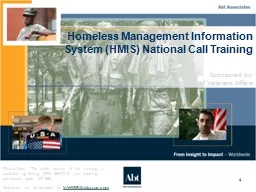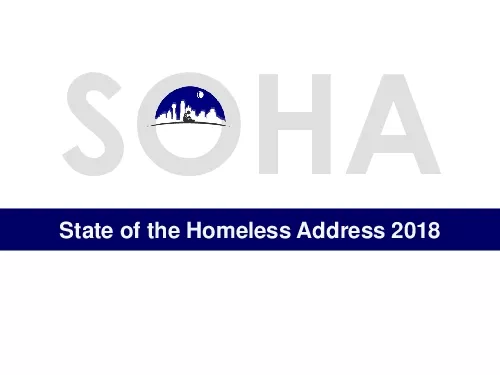PPT-2018 Homeless Point in Time Count Training
Author : aaron | Published Date : 2018-11-08
Presented by Collier Hunger amp Homeless coalition 2018 PIT Training Agenda What is the purpose of the Homeless Point in Time Count Nationally Locally 2018 PIT
Presentation Embed Code
Download Presentation
Download Presentation The PPT/PDF document "2018 Homeless Point in Time Count Traini..." is the property of its rightful owner. Permission is granted to download and print the materials on this website for personal, non-commercial use only, and to display it on your personal computer provided you do not modify the materials and that you retain all copyright notices contained in the materials. By downloading content from our website, you accept the terms of this agreement.
2018 Homeless Point in Time Count Training: Transcript
Download Rules Of Document
"2018 Homeless Point in Time Count Training"The content belongs to its owner. You may download and print it for personal use, without modification, and keep all copyright notices. By downloading, you agree to these terms.
Related Documents

